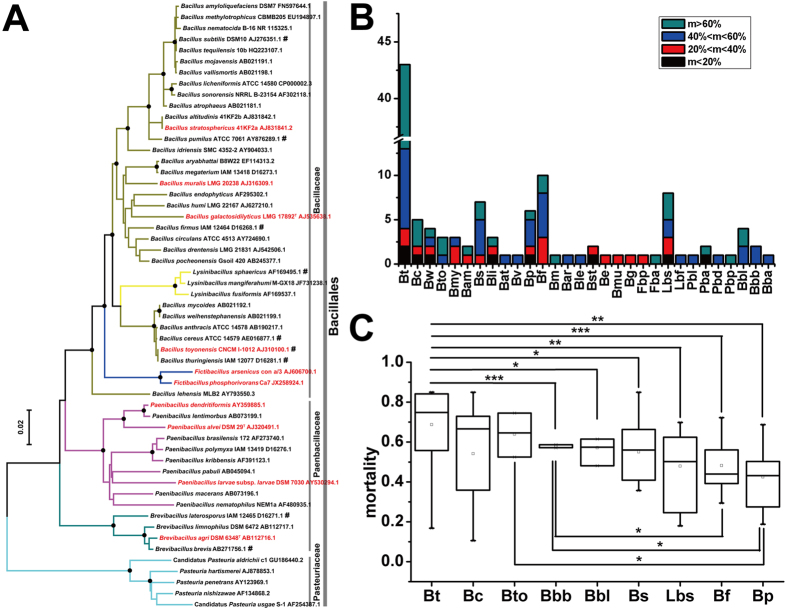Figure 1. Diverse species of spore-forming Bacilli with various nematicidal activities.
(A) Phylogenetic tree of 16S rRNA genes of nematicidal spore-forming Bacilli species. This tree does not include nematicidal Pasteuria ramose and P. thornei, which are shown in Table S1, because of a failure to obtain 16S rRNA genes of their type strains. Nodes supported with a bootstrap of ≥70% are represented by a black dot. The colors of branches represented different genera: olive drab (Bacillus), orange (Lysinibacillus), blue (Fictibacillus), purple (Paenibacillus), dark blue (Brevibacillus) and light blue (Pasteuria). The names in red represent ten new nematicidal species, and the names followed by ‘#’ represent nine highly nematicidal species. (B) Number of strains of the 30 spore-forming Bacilli species with various nematicidal activities. The nematicidal activities were classified into four ranks as following: mortality >60% (ultra-high, UH), 40%< mortality ≤60% (high, H), 20%< mortality ≤40% (medium, M) and 0< mortality ≤20% (low, L). (C) Comparison of the mortality of nine highly nematicidal species. Data are shown as means ± standard deviation of at least two strains. Bars indicate means ± standard deviation of at least two strains. The significance of differences among samples were evaluated using a two sample t-test at p < 0.001 (***), p < 0.01 (**) and p < 0.05 (*).

